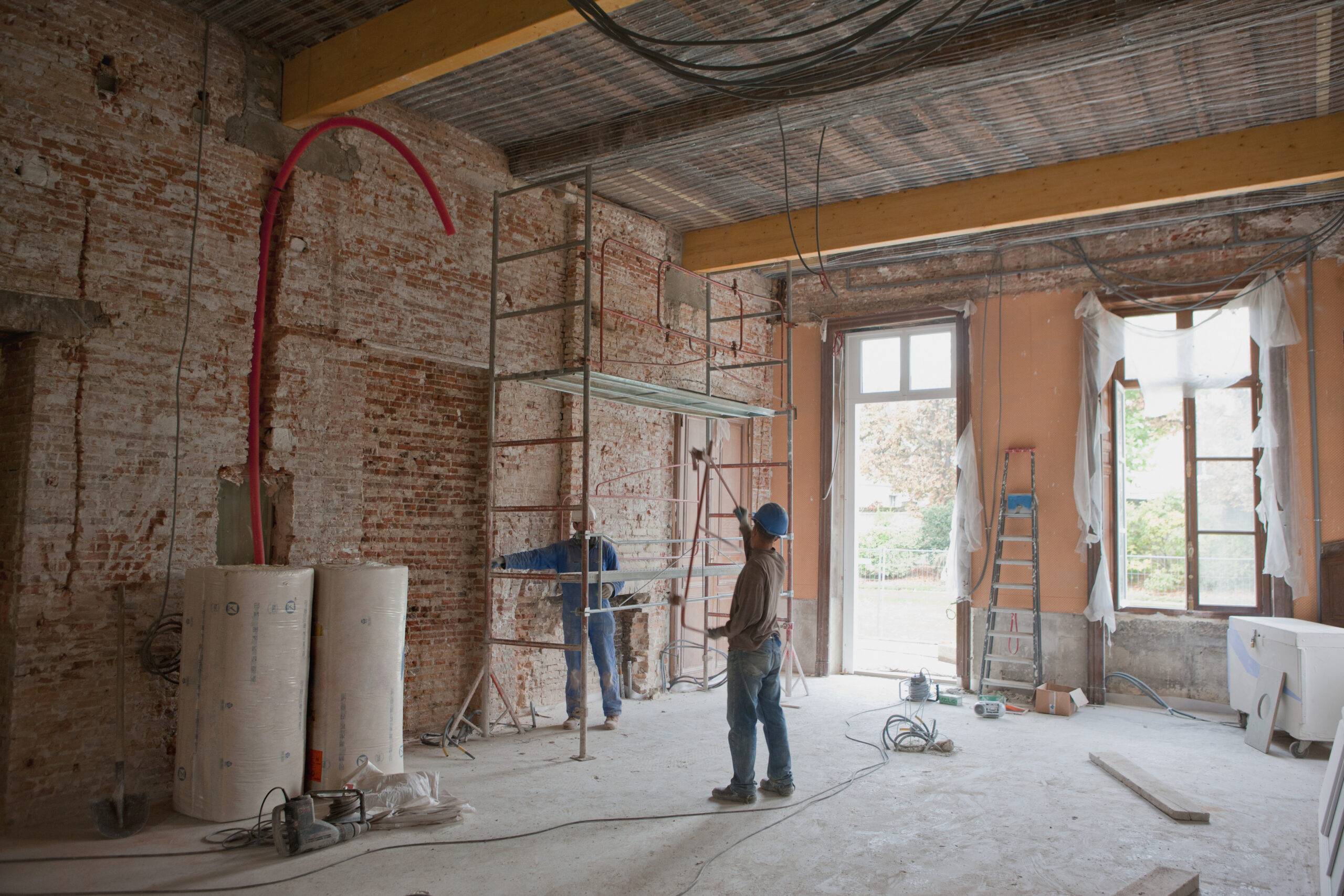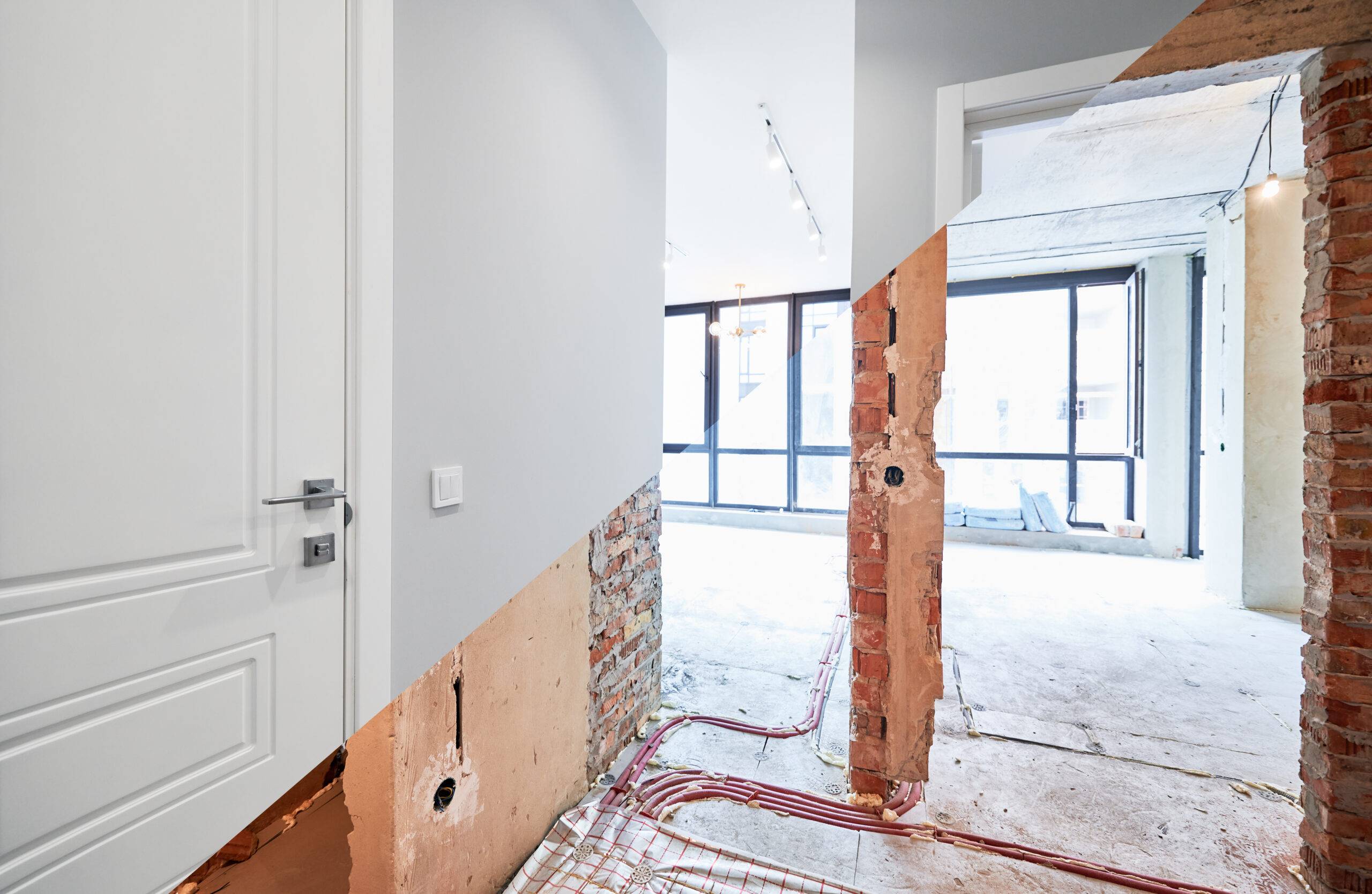Remodel Vs. Renovation — What’s The Difference?
Deciding between a remodel and a renovation is crucial when planning a home improvement project. The distinction between remodeling versus renovation is not just a matter of semantics, it also involves different levels of work and ultimately, different outcomes. Remodeling changes a space’s structure for a new purpose, like transforming an attic into a home office, involving significant construction. Remodeling focuses on reimagining a space and converting it to serve a purpose it wasn’t originally designed for, which could involve adding windows, installing new plumbing fixtures, or moving walls. Renovation updates and restores a space without making structural changes, so projects like updating your kitchen with new countertops or giving the walls a fresh coat of paint fall under this bucket. Understanding the remodel versus renovation difference helps homeowners make informed decisions that match their goals and budget.
The Essence of Remodeling: Transforming Spaces and Structures

At the heart of every home improvement project is the decision between remodel versus renovation. Remodeling, in essence, involves changing the character and functionality of a space. It’s not just about updating; it’s about transformation. Imagine turning an unused attic into a cozy home office or converting a cramped kitchen into an open-concept cooking and dining area. These changes go beyond mere aesthetics; they adapt and repurpose areas to fit new needs or preferences, breathing new life into old structures.
This transformative process often involves significant structural alterations, including demolishing walls to create new layouts or adding extensions to existing buildings. It’s a creative journey that requires vision and careful planning, as it seeks to redefine living spaces in ways that renovation, with its focus on restoration and repair, does not. Through remodeling, homeowners have the opportunity to tailor their environments to reflect their personal styles and accommodate their evolving lifestyles, effectively making their spaces more functional and enjoyable. By embracing the essence of remodeling, individuals can turn any structure into a dream home that meets their unique demands and desires.
The Fundamentals of Renovation: Reviving and Restoring

In the realm of home improvement, understanding the distinction between remodel versus renovation is crucial, especially when discussing the fundamentals of renovation. Renovating a space is akin to breathing new life into it, reviving and restoring its former glory or adapting it to meet current needs without altering its essential structure. It’s an opportunity to refresh and rejuvenate, whether by updating outdated fixtures, applying fresh coats of paint, or replacing worn-out flooring. This process not only enhances the aesthetic appeal of a property but can also significantly increase its market value. By focusing on restoration, renovation maintains the property’s original charm while integrating modern conveniences, striking a balance between old and new.
This approach to reviving spaces is particularly appealing for those looking to preserve the unique character of their homes or buildings. Unlike remodeling, which often involves changing the layout or structure, renovation respects the existing architecture and layout, focusing instead on updating and repairing. This can include tasks such as fixing leaks, updating electrical systems, or enhancing energy efficiency. The goal is to make the space more functional and attractive while preserving its historical essence and architectural integrity. Through careful planning and thoughtful execution, renovation can transform a dated or deteriorating property into a comfortable, stylish, and efficient space that honors its past while embracing the present.
Deciding Factors: When to Remodel and When to Renovate

Deciding between a remodel and a renovation often comes down to your current needs, long-term plans, and budget. If your home feels outdated or lacks functionality for your lifestyle, a remodel could be the way to go. This involves changing the structure or layout of a space, perhaps by knocking down walls to create an open-concept living area or adding a room to accommodate a growing family. On the other hand, if the bones of your home are solid but the surface looks worn, a renovation might be in order. This could include updating fixtures in the bathroom, replacing old flooring, or giving the walls a fresh coat of paint. Both processes can dramatically improve your living space, but each serves a different purpose and comes with its own set of considerations.
The choice between remodeling and renovating also hinges on your budget and the potential return on investment (ROI). Remodels are generally more extensive and costly but can significantly increase your home’s value and appeal to future buyers. Renovations, while typically less expensive, can refresh your home’s look and feel without the hefty price tag. It’s essential to weigh the benefits of each option against your financial situation and how long you plan to stay in your home. Consulting with a professional can help you make an informed decision that aligns with your goals, ensuring your home meets your needs now and in the future.
Budget Considerations in Remodeling and Renovation Projects

When diving into home improvement, the debate of remodel versus renovation is not just about the scale and scope of the project but also significantly impacts budget considerations. Renovation, often focusing on restoring or updating existing structures without altering the fundamental design, can be more budget-friendly for homeowners looking to refresh their space. On the other hand, remodeling involves more comprehensive changes, including altering layouts and possibly adding square footage, which can escalate costs. Understanding the distinctions between these two approaches is crucial for setting realistic budget expectations and ensuring that the financial resources align with the project goals.
Budgeting for either a remodel or renovation requires a thorough assessment of materials, labor, permits, and potentially, unexpected issues that might arise during the process. Renovations might allow for more do-it-yourself opportunities, potentially saving on labor costs, whereas remodeling projects typically require professional assistance due to their complexity. Moreover, remodeling might uncover unforeseen challenges once walls or floors are opened, leading to additional expenses. Therefore, homeowners should not only set aside a budget based on initial estimates but also consider a contingency fund to cover any surprises, ensuring that their project can be completed without compromising on quality or design.









